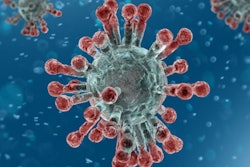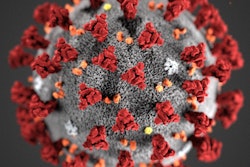COVID-19 FAQs, page 3
3. How is COVID-19 transmitted? How long does the virus survive on surfaces? Is it transmitted efficiently from person to person?
This infection is most often spread person to person from “respiratory droplets and close contact” (about 6 ft). These virus-laden droplets are produced when infected people cough, sneeze, sing, laugh, and maybe even talk. When inhaled into mouths or noses of people in close contact, infection can occur. The dispersion of these droplets into the environment is approximately 3 ft, then the relatively heavy, virus-laden droplets are pulled from the air by gravity, contaminating any surface they land on. Contact with any of these contaminated surfaces can spread the infection if anyone touches that surface.
It is not currently know how long SARS-CoV-2 virus remains viable on surfaces. However, coronaviruses are enveloped viruses, and these types of viruses do not usually survive for long periods of time. The survivability of SARS-CoV-2 virus is reported to be several hours to several days. However, as more studies are conducted, we will undoubtedly learn much more about the biology of this virus. However, the virus does seem to be efficiently transmitted from person to person and possibly from contact with contaminates surfaces.
This is clearly documented with the cruise ship Diamond Princess. On this ship of more than 3,000 passengers and crew, there are more than 700 COVID-19 cases and at least six deaths. Clearly, this virus is efficiently transmitted from person to person.
Previous page | 3 | Next page

















